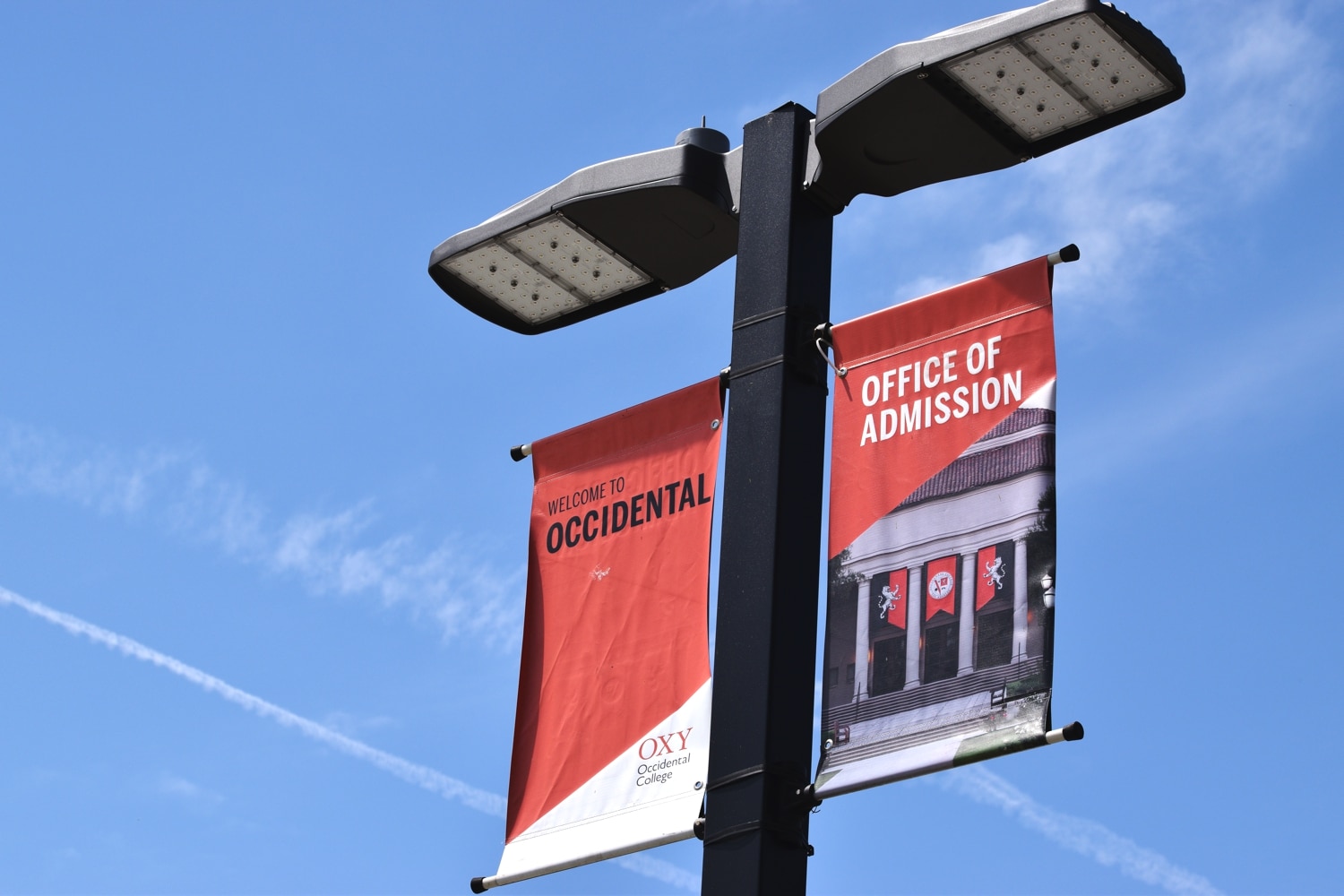As an Asian American that frequently, but unintentionally, occupies white-dominated spaces, the day-to-day feeling of alienation is no stranger to me. It is a feeling that I would love to brush under the rug, but keeps bothering me like that one pimple on my face — the more I try to ignore it, the more obvious it becomes. Pestering in the back of my mind are contradicting questions like, “Am I too Asian?” and “Am I Asian enough?” Once in a while, I’ll feel especially drained after a long day of sitting with my white classmates and playing hours of lacrosse with my white teammates. Not from the individuals themselves, but the spaces that ostracize me for just existing as the minority.
But luckily, there are spaces on campus where my identity is more than accepted; it is welcomed. Oxy’s Themed Living Communities (TLCs) allow students to reside in dorms where they all share an interest or identity. The dorm I live in, known as both Pauley Hall and the Multicultural Hall, is a place where the racial and ethnic aspects of myself are not just ‘seen,’ but shared and celebrated. I find both comfort and empowerment from my POC peers who share similar experiences and appreciate each other’s differences.
Pauley is one of the few places on campus where I am not the minority. I and other people of color can dominate our shared space with our identities unabashedly visible without any white presence — the overwhelming visibility of white people and their questions, judgements and general inability to empathize with our existence. After the anti-Asian texts caused an uproar on campus, there was an overwhelming outpour of anger from almost everyone around me. But what I longed for most was solace from my Asian peers. TLCs create much-needed empathetic environments, especially on college campuses when incidents like these happen.
Living in the Pauley allows me to learn about others’ cultures and experiences while simultaneously sharing a bond of empathy as POC. We embrace our differences and find comfort in our similarities — and through that, I find power. I find power just in knowing that I have peers on campus who made the same decision as I did to live in this TLC. We choose to be here to live and thrive in the pride that we feel as POC.
In just a semester and a half, I’ve made great friendships and lasting bonds in Pauley. Some of my closest friends that I’ve met this year live just down the hall or up the stairs. Whether it be studying together in the MLK Lounge or Lavender Lounge, or cooking midnight meals in the kitchen with each other, we have built a community.
Some may say that living in a TLC ostracizes us from the rest of campus, but that is not the case at all. As Kelsey Blackwell wrote in The Article Journal about the importance of POC spaces, “These spaces aren’t acts of oppression, but rather responses to it. They are our opportunity to be with each other away from the abuses of racism and patterns of white dominance. Given that space to breathe, there’s a possibility of healing. Being together can offer resiliency for bringing our fullness into integrated spaces where it will inevitably be challenged.”
Living in a TLC has been a large contributing factor to my positive experience at Oxy. It breaks my heart to hear that these communities are potentially at risk. According to posters in Pauley, only two floors — instead of the normal three — will be considered the Multicultural Hall next year. The lack of applicants to live in TLCs, especially Pauley, endangers the spaces we appreciate greatly and have worked so hard to build.
I encourage Oxy students to consider apply for the TLCs that are offered: Baldwin House for LGBTQIA+ students of color, Black Soul Collective, Latinx Community Collective, Food Justice House and more. These TLCs recognize and support Oxy students, and are valuable spaces that should be created on every campus. In order to cultivate a sense of belonging for all students, especially those who may be underrepresented or marginalized, it is a necessity that both the student body and the college support the presence and continuation of TLCs.
![]()



































